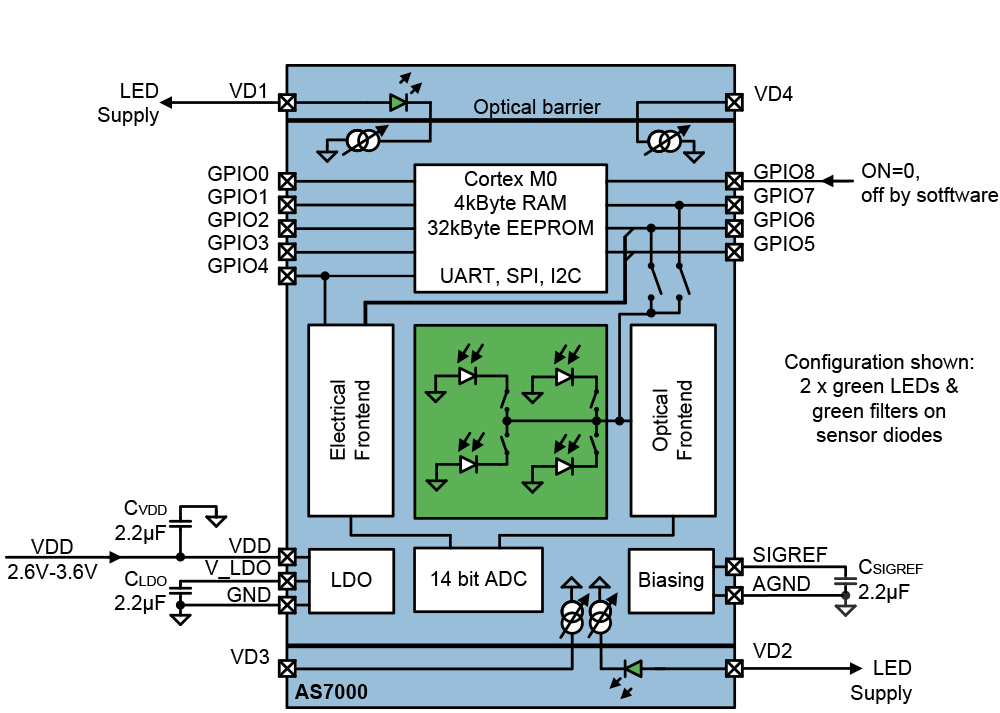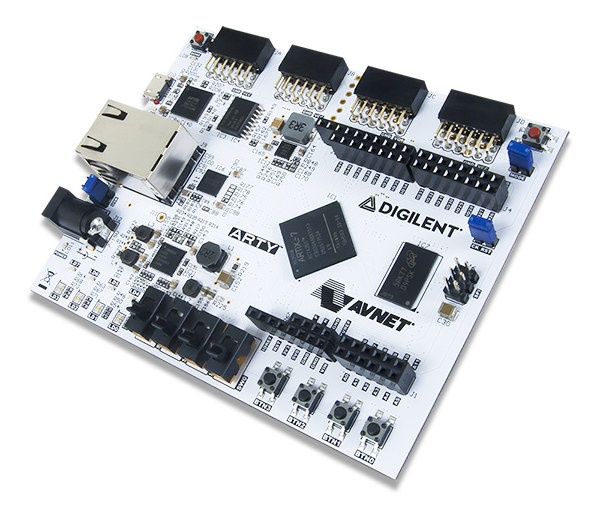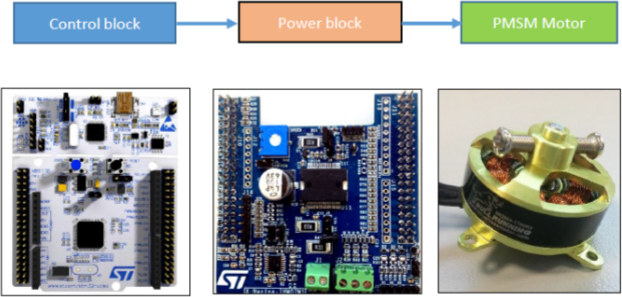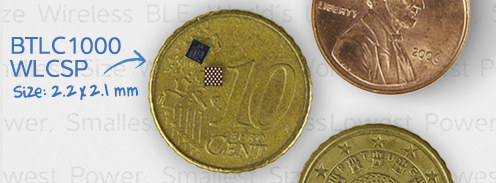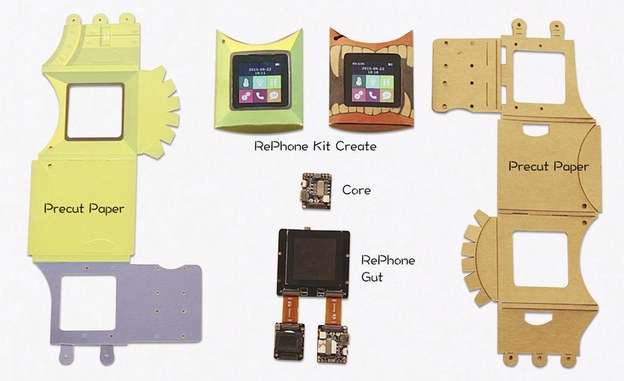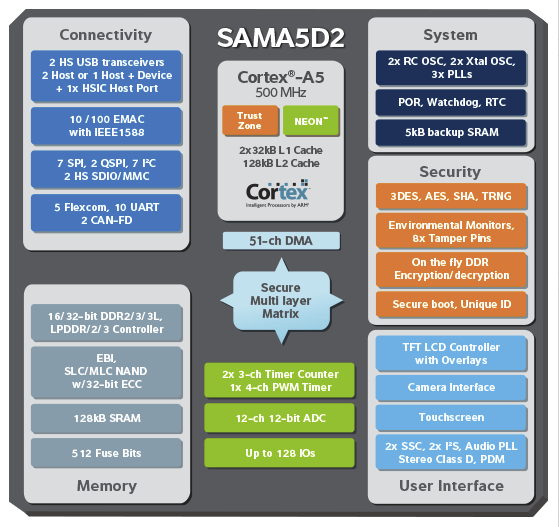I’ve recently learned that the battle between the two Arduino teams, namely Arduino SRL (arduino.org) in Italy, and Arduino LLC (arduino.cc) in the US, had taken another turn with Arduino LLC now branding their boards as Arduino in the US, and Genuino in the rest of the world. This may certainly bring confusion to new comers, especially as they have to deal with different version of the Arduino IDE. With that backdrop, Arduino LLC has now introduced Arduino 101 (aka Genuino 101) board powered by Intel Curie module with Quark SE x86 SoC with Bluetooth LE and a 6-axis combo sensor. Arduino 101 specifications: SoC – Intel Curie compute module including an Intel Quark SE x86 32-bit microcontroller @ 32 MHz and an a DSP sensor hub @ 32Mhz with 384 KB flash, 80 KB SRAM (24KB available for sketches), , Bluetooth LE, and 6-axis combo sensor with accelerometer and […]
Walabot MIMO Radar Board Can See Through Walls Thanks to Vayyar 3D Imaging Sensors
A few days ago, I wrote about Orbbec Astra 3D camera that can analyze distance and depth to form a 3D image of object. However, this solution uses an IR sensors, and while it can fulfill the needs of many application it does not allow to see through object, and that’s exactly what Walabot wideband MIMO radar board promises to do thanks to Vayyar 3D imaging sensor and a dozen of RF antennas. Some of the key features and preliminary specifications of Walabot board include: Vayyar VYYR2401 3D imaging sensor 12 (or is it 14?) non-contact antennas array system based on “Octopus A3 System on chip” Build in Tx/Rx linear polarized wide-band antennas from 3-10Ghz. On-board Cypress FX3 controller for communication and pre-processing EEPROM (for inventory and calibration information) Walabot interface connectors: Micro-USB 2.0 for high-rate data communication. Option to provide supply from USB. Single supply voltage 4.5-5.5v input for […]
AMS AS7000 Biosensor is Designed for Strapless Optical Heart Rate Monitors
Heart rate monitors (HRM) with chest straps are now being replaced by more comfortable strapless HRM, such as UWatch UX. These products are enabled by photoelectric sensors that sample light modulated by blood vessels, which expand and contract as blood pulses through them. One of such solutions is the recently introduced AMS AS7000 including a Cortex M0 core, and a DSP implementing algorithm to process raw photoplethysmography (PPG) readings from the sensors to convert them into digital HRM and HRV (Heart Rate Variability) values. Highlights of AS7000 Biosensor: MCU – ARM Cortex M0 with 4KB RAM, 32 KB EEPROM I/Os – 9 GPIOs, UART, SPI, I2C Analog electrical and optical Frontends Hardware sequencer Synchronous detector Integrated LEd driver with current control Optical filters Supply Voltage – 2.6 – 3.6V Temperature Range –30 to 70°C Package – 18 pins AS7000 can deliver greater accuracy when it is paired with an external […]
Digilent ARTY is a $99 Xilinx Artix-7 FPGA Board with Arduino Headers
Low cost FPGA boards with Arduino headers are nothing new, as we’ve seen before with Arduissimo and Papilio DUO, but both of these boards are based on Spartan 6 FPGA, while the recent Digilent ARTY board is powered by an Artix-7 FPGA. Beside the hardware differences, Spartan 6 FPGAs only support Xilinx ISE Design Suite, while Artix-7 parts are also supported by Vivado Design Suite, which according to Xilinx has a much better workflow and user interface. Digilent ARTY specifications: FPGA – Xilinx XC7A35T-L1CSG324I with 33,280 logic cells, 1,800 Kb block RAM, 90 DSP slices, and 250 I/O pins System memory – 256 MB DDR3L SDRAM Storage – 16 MB of QSPI Flash Connectivity – 10/100M Ethernet Expansion interfaces 4 Digilent compatible Pmod interfaces enabling 32 user I/O pins: 2 Pmods routed as differential pairs, paired to fit dual-wide Pmods Arduino UNO R3 shield / chipKit interface Debugging – USB-UART Interface, […]
STMicro Introduces $35 STM32 Motor Control Nucleo Pack
STMicroelectronics has recently launched P-NUCLEO-IHM001 motor control starter kit with NUCLEO-F302R8 Cortex M4 MCU board, X-NUCLEO-IHM07M1 driver board for BLDC (Brushless DC) and PMSM (Permanent Magnet Synchronous Motor) electric motors, as well as a Bull Running motor often used in RC helicopters and quadcopters. Technical specifications of the three hardware “blocks” of the kit: X-NUCLEO-IHM07M1 driver board: Three-phase driver board for BLDC/PMSM motors based on L6230 Nominal voltage range from 8 V to 48 V DC 2.8 A output peak current (1.4 A RMS) Non dissipative overcurrent detection and protection Compatible with ST 6-step or ST FOC control algorithm Support for sensorless and sensor mode Hall / encoder motor sensor connector and circuit Configurable jumpers for motor current sensing Potentiometer available for speed regulation ST morpho connectors (found in Nucleo boards) NUCLEO-F302R8 MCU board: STMicro STM32F302R8 Cortex-M4 @ up to 72 MHz with 64KB Flash memory and 16KB SRAM Expansion […]
Atmel Unveils the World’s Smallest Bluetooth 4.1 LE SoC, and BTLC1000 Xplained Pro Development Kit
Atmel has just announced it is now shipping SmartConnect BTLC1000 Bluetooth Smart (BLE 4.1) SoC in production quantities. The chip is remarkable thanks to its size, as the company managed to pack an ARM Cortex-M0 MCU, a transceiver, a modem, MAC, PA, TR Switch, and Power Management Unit (PMU) into a 2.26×2.14 mm package. Atmel SmartConnect BTLC1000 Bluetooth LE SoC key features and specifications: MCU – ARM Cortex M0 @ 26 MHz 128KB IRAM/DRAM, 128KB ROM Connectivity – Bluetotoh 4.1 Smart with L2CAP service layer protocols, Security Manager, Attribute protocol (ATT), Generic Attribute Profile (GATT) and the Generic Access Profile (GAP). Proximity, Thermometer, Heart Rate, Blood Pressure, and others profiles are also included in the protocol stack. I/Os – Up to 15, including 2x UART, 2x SPI, and 2x I2C. Hardware Crypto – AES-128, SHA-256 Operating Voltage – 1.8 – 4.3V Power Consumption – > 4mA in RX, and >3mA […]
RePhone Kit Create is a DIY Phone and Cellular Development Kit (Crowdfunding)
Seeed Studio has design a modular and open source phone it calls RePhone Kit Create. The kit allows you, or/and your kid(s), to assemble their own phone based on building blocks including a 2G or 3G core module, a touchscreen display module, an audio module, and pre-cut, seawable, washable, and easily drawable Kraft paper to make the case. The kit can also be used for IoT applications using cellular and Bluetooth connectivity, and extra Xadow modules GPS, NFC, motion sensors, camera and more.. Two cellular “core” module can be used: RePhone GSM + BLE module with the “world’s smallest System-on-Chip (SOC) for Wearables and Internet Of Things”, GSM, GPRS and Bluetooth 2.1 and 4.0 support. RePhone Core Module 3G with a “powerful microcontroller”,a standard Xadow interface (USB, GPIO, I2C, SPI, UART, EINT), support for speaker, two microphones and a headset, a Nano SIM, and support for HSPA/WCDMA:850/1900 and GPRS/EDGE:850/1900. Voltage: […]
Atmel Introduces SAMA5D2 Cortex A5 SoC with Extended Temperature Range, Lower Power Consumption
Today, the news broke out that Atmel will be bought by Dialog Semiconductor for about $4.6 billion. The Anglo-German company is little known as their main products are PMIC, audio and connectivity chips, but they’ve still managed to get the financing to purchase Atmel. But that’s not the purpose of the post today, and instead I’ll cover a new SAMA5 Cortex A5 SoC recently announced by the company, targeting industrial Internet of Things, wearables and point of sale applications. SAMA5D2 key features and benefits: ARM Cortex-A5 core running at 500MHz (785DMIPS). Floating point unit (FPU) for high-precision computing and accelerated data processing. 128KB of L2 cache for system performance Low power consumption Less than 150mW in active mode at 500MHz with all peripherals activated Less than 0.5mW in low power mode with SRAM and registers retention Sub 200µA in retention mode with context preserved New backup mode with DDR in […]




